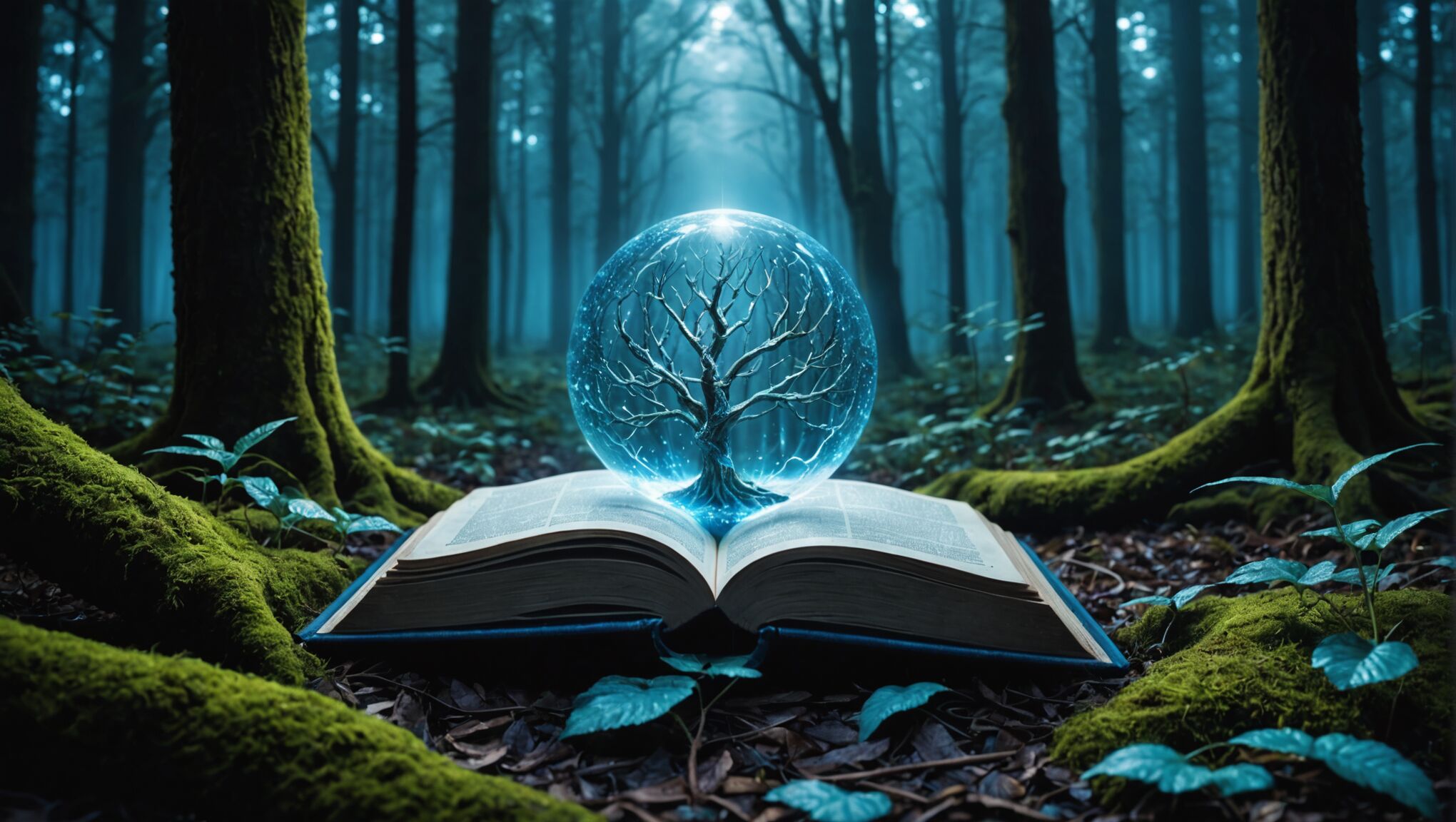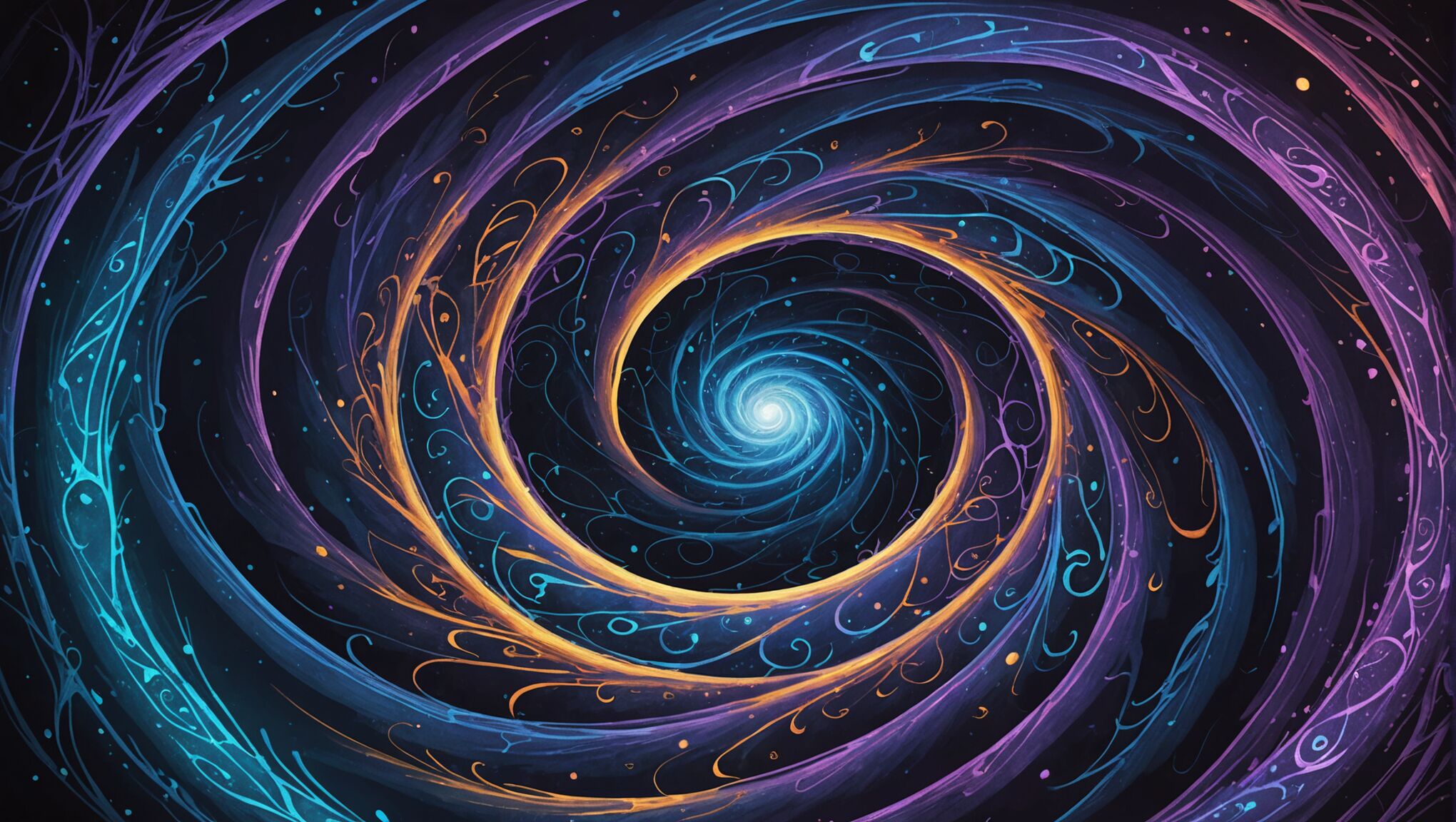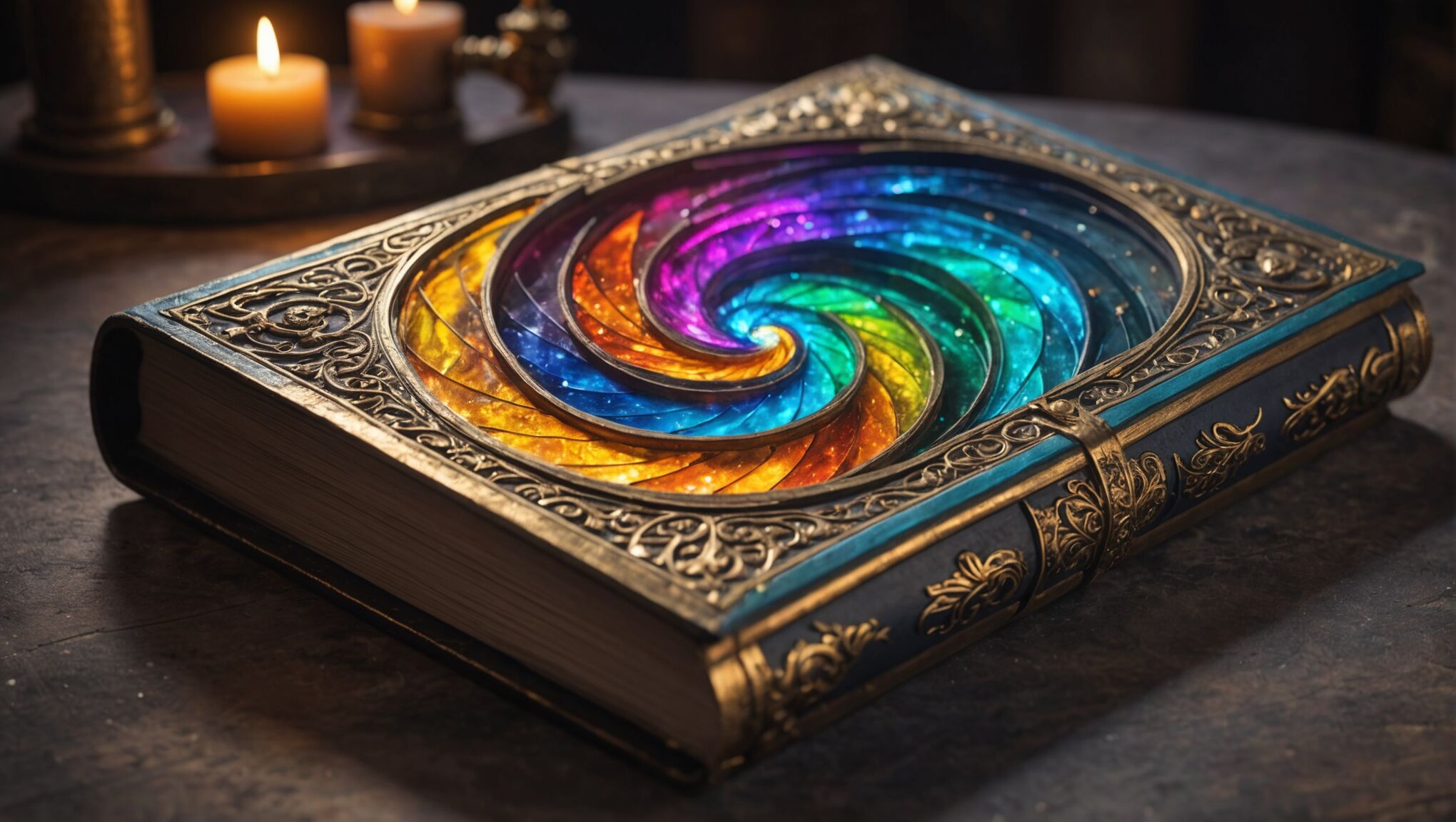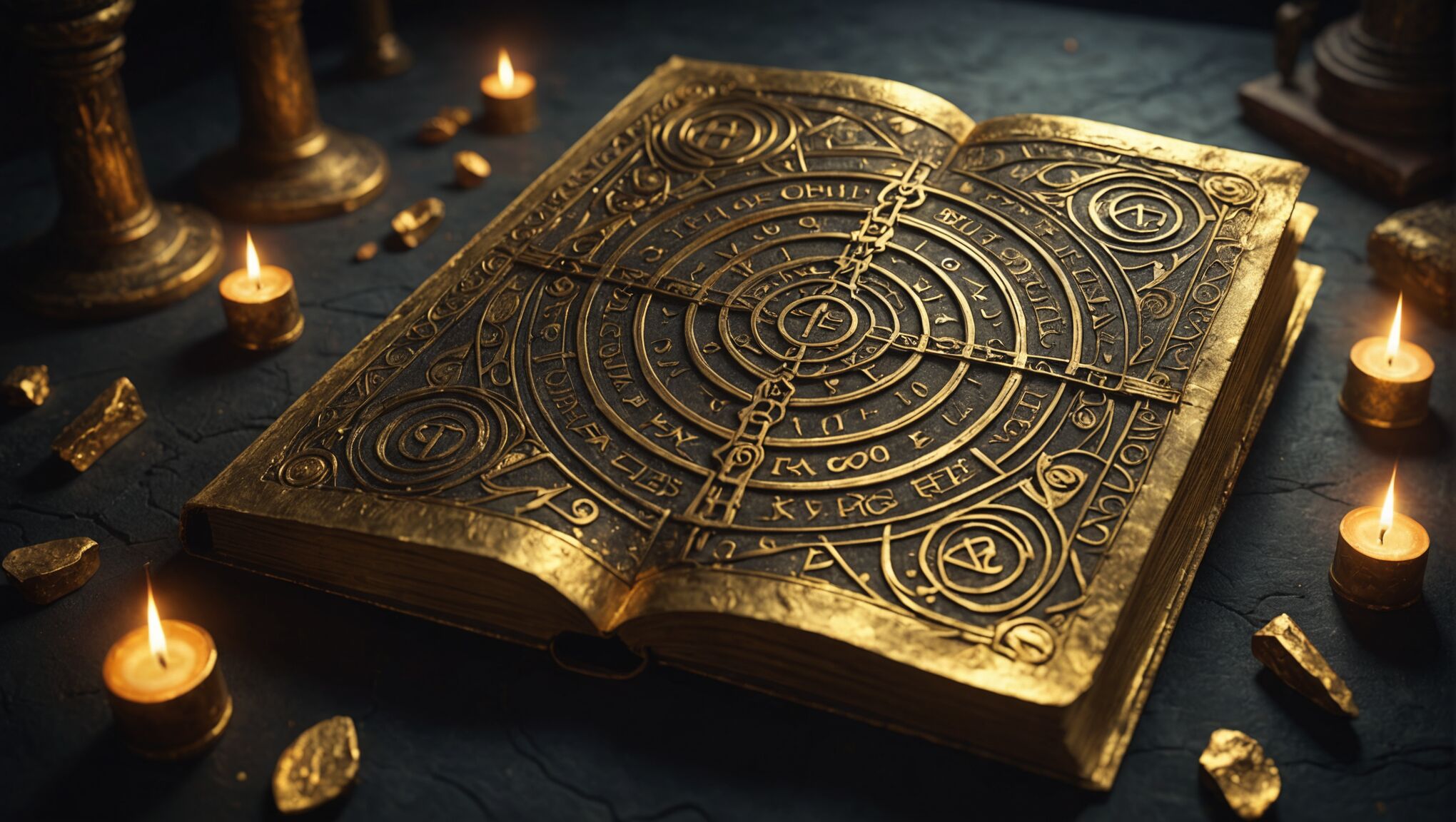blog
Why Fantasy Book Covers Need Dynamic Compositions
Importance of visual storytelling
 Visual storytelling is a crucial aspect of fantasy book covers that can make or break a potential reader’s interest. A well-crafted cover should not only capture the essence of the story but also ignite the imagination, inviting viewers to explore the world within the pages. Effective visual storytelling on a book cover can convey the tone, genre, and key themes of the novel without relying on words alone.
Visual storytelling is a crucial aspect of fantasy book covers that can make or break a potential reader’s interest. A well-crafted cover should not only capture the essence of the story but also ignite the imagination, inviting viewers to explore the world within the pages. Effective visual storytelling on a book cover can convey the tone, genre, and key themes of the novel without relying on words alone.
By utilizing symbolic elements, artists can hint at the plot, characters, or setting in subtle yet powerful ways. For example, a small dragon silhouette in the background might suggest a world where mythical creatures exist, while a looming castle could indicate a tale of royal intrigue or epic battles. These visual cues help readers quickly understand what to expect from the book, allowing them to make informed decisions about whether it aligns with their interests.
“A picture is worth a thousand words, but a book cover is worth a thousand sales.” – Unknown
Moreover, visual storytelling on fantasy book covers can evoke emotions and create a mood that resonates with the target audience. The use of lighting, color schemes, and composition can convey feelings of mystery, excitement, or wonder, drawing readers into the story before they’ve even opened the book. A dark, shadowy cover might hint at a gritty, suspenseful tale, while vibrant, warm colors could suggest a lighthearted adventure.
Successful visual storytelling also involves creating a sense of intrigue or posing questions that pique curiosity. A cover that depicts a character in mid-action or facing an unseen threat can prompt viewers to wonder about the context and motivate them to pick up the book to find answers. By presenting a visually compelling narrative snapshot, artists can engage potential readers on an emotional level and increase the likelihood of them choosing that particular book.
Furthermore, effective visual storytelling on fantasy book covers can help establish brand identity for a series or author. Consistent visual elements across multiple covers can create a recognizable style that fans associate with a particular world or storyteller. This visual cohesion not only aids in marketing but also helps readers quickly identify new installments in a beloved series.
In the digital age, where readers often encounter books first as thumbnail images on online platforms, the importance of visual storytelling has only increased. A cover must be able to communicate its message clearly and attractively even when reduced to a small size, making the art of visual storytelling on fantasy book covers more critical than ever for capturing attention in a crowded marketplace.
Creating depth and movement

To create depth and movement in fantasy book covers, artists employ various techniques that bring the two-dimensional surface to life. One effective method is the use of layering, where foreground, middle ground, and background elements are carefully arranged to give the illusion of space. This can be achieved by placing larger, more detailed objects in the foreground, while gradually reducing the size and detail of elements as they recede into the background.
Perspective plays a crucial role in creating depth. By utilizing linear perspective, where lines converge towards a vanishing point, artists can guide the viewer’s eye into the scene. Atmospheric perspective, which involves softening edges and reducing contrast in distant objects, further enhances the sense of depth and space.
Movement can be implied through dynamic poses and gestures of characters, flowing drapery, or swirling magical effects. The use of diagonal lines and curves can lead the eye across the composition, creating a sense of energy and action. Overlapping elements also contribute to both depth and movement, as they suggest that objects are passing in front of or behind one another.
Light and shadow play a vital role in creating depth and movement. Dramatic lighting can highlight important elements while casting shadows that add dimensionality. Chiaroscuro, the strong contrast between light and dark, can create a sense of volume and drama that draws the viewer into the scene.
Artists can also use color to enhance depth, with warmer colors appearing to advance and cooler colors receding. Gradients and color transitions can create a sense of atmosphere and distance, while strategically placed highlights and reflections can add sparkle and movement to the overall composition.
Texture is another powerful tool for creating depth and movement. By varying the level of detail and the type of textures used, artists can differentiate between foreground and background elements. Rough, detailed textures in the foreground can contrast with smoother, less defined areas in the distance, reinforcing the illusion of depth.
The concept of leading lines is particularly effective in guiding the viewer’s eye through the composition. These can be created by the positioning of characters, the direction of their gaze, or environmental elements like pathways or magical energy flows. When used skillfully, leading lines can create a visual journey across the cover, encouraging the viewer to explore every aspect of the scene.
Incorporating motion blur or speed lines can suggest rapid movement, particularly useful for action-packed scenes or to convey magical effects. This technique can make static images appear more dynamic and alive, hinting at the excitement within the pages of the book.
Negative space, when used thoughtfully, can also contribute to depth and movement. By creating areas of simplicity or emptiness, artists can draw attention to the more detailed areas of the composition, creating a visual rhythm that leads the eye through the design.
Ultimately, the goal is to create a cover that feels alive and inviting, one that suggests there’s more to discover beyond what’s immediately visible. By mastering these techniques, artists can craft fantasy book covers that not only capture the imagination but also promise an immersive journey into new and exciting worlds.
Balancing characters and environment
In fantasy book covers, striking a balance between characters and the environment is essential for creating a compelling and immersive visual experience. This delicate equilibrium helps to convey the story’s essence while providing context and atmosphere.
When featuring characters, it’s crucial to give them prominence without overshadowing the setting. Characters should be positioned strategically, often in the foreground or using the rule of thirds, to draw the viewer’s attention. Their poses, expressions, and attire should reflect their personalities and roles within the story, offering readers a glimpse into who they are.
At the same time, the environment plays a vital role in establishing the world of the fantasy novel. It should be detailed enough to provide a sense of place and atmosphere but not so intricate that it detracts from the characters. The setting can be used to hint at the story’s themes, conflicts, or magical elements.
One effective technique is to use the environment to frame the characters, creating a natural focal point. For example, a character might be positioned in an archway of an ancient ruin, or silhouetted against a dramatic sky. This approach not only highlights the character but also showcases the world they inhabit.
Lighting can be used to create harmony between characters and their surroundings. By employing dramatic lighting effects, artists can emphasize certain elements while allowing others to recede, creating a hierarchy of importance within the composition.
Color schemes can also help unify characters and environments. Using complementary or harmonious color palettes can create a cohesive look, while contrasting colors can be used to make characters stand out from their backgrounds.
Invite readers into an adventure. See more.
Scale is another important factor in balancing characters and environment. Depicting characters as small figures within a vast landscape can evoke a sense of adventure and exploration, while close-up portraits set against a suggestion of environment can create intimacy and focus on character development.
It’s also effective to show interaction between characters and their surroundings. This could be through physical contact, such as a character touching a magical artifact, or through more subtle means, like a character’s cloak billowing in the wind of a stormy scene.
| Character Focus | Environment Focus | Balanced Approach |
| Emphasizes character details | Showcases world-building | Integrates characters with setting |
| Conveys personality and emotion | Establishes atmosphere and tone | Creates a harmonious composition |
| May use minimalist backgrounds | Characters may be smaller or less detailed | Uses both elements to tell a story |
By carefully considering the relationship between characters and environment, artists can create fantasy book covers that are not only visually striking but also rich in storytelling potential. This balance ensures that the cover art effectively communicates the essence of the book, enticing readers to dive into the fantastical world awaiting them within the pages.
Color psychology in fantasy art
 Color psychology plays a pivotal role in fantasy book cover design, influencing readers’ perceptions and emotions before they even read a single word. The careful selection and application of colors can evoke specific moods, suggest themes, and even hint at the nature of the magical systems or worlds within the story.
Color psychology plays a pivotal role in fantasy book cover design, influencing readers’ perceptions and emotions before they even read a single word. The careful selection and application of colors can evoke specific moods, suggest themes, and even hint at the nature of the magical systems or worlds within the story.
In fantasy art, vibrant and saturated colors often dominate, reflecting the genre’s tendency towards the extraordinary and otherworldly. Reds and oranges, for instance, can signify passion, danger, or magical fire, while blues and purples might represent mystery, royalty, or arcane power. Green, commonly associated with nature and growth, can be used to depict lush forests or the corrupting influence of dark magic when tinged with sickly yellows.
Artists and designers must consider the cultural connotations of colors, as these can vary significantly across different societies. What might be perceived as auspicious in one culture could be seen as ominous in another. This consideration becomes particularly important in fantasy works that draw inspiration from various real-world cultures.
The use of color gradients and transitions can create a sense of transformation or journey, mirroring the character’s arc or the progression of the story. A cover that shifts from dark, muted tones at the bottom to bright, hopeful hues at the top can suggest a tale of overcoming adversity or emerging from darkness into light.
Contrast plays a crucial role in directing the viewer’s attention and creating visual interest. High-contrast color schemes can make certain elements pop, drawing the eye to important characters or symbolic objects. Conversely, monochromatic or analogous color schemes can create a sense of cohesion and harmony, perfect for conveying the unity of a particular magical realm or faction.
The psychological impact of color temperature should not be underestimated. Warm colors tend to advance visually, making elements appear closer to the viewer, while cool colors recede. This principle can be used to create depth and dimensionality in cover art, guiding the viewer’s eye through the composition.
Metallic colors like gold and silver are often employed in fantasy cover art to suggest opulence, ancient artifacts, or divine power. These can be particularly effective when used sparingly, adding a touch of magic and wonder to the overall design.
It’s important to note that color associations can be subverted for dramatic effect. For example, using traditionally “evil” colors for a protagonist or “good” colors for an antagonist can create intriguing visual dissonance that challenges readers’ expectations.
The interplay between light and shadow, achieved through color, can create a sense of drama and mystery. Chiaroscuro techniques, when applied with color rather than just black and white, can imbue a cover with a sense of the epic or the noir, depending on the story’s tone.
As readers, we often form an emotional connection with a book before we’ve read a single page, largely due to the colors used on its cover. The right color palette can make a fantasy book feel familiar yet exciting, promising adventure and escape into new worlds. It’s a powerful tool that, when wielded skillfully, can turn a casual browser into an eager reader.
By delving deeper into color psychology and its applications in fantasy art, we open ourselves to a richer understanding of visual storytelling. This knowledge not only enhances our appreciation of book cover design but also provides insights into how color shapes our perceptions and emotions in the broader context of art and media.
Typography and its impact on composition

Typography plays a crucial role in the overall composition of fantasy book covers, often serving as the bridge between the visual elements and the written content. The choice of font, size, placement, and color of the text can significantly impact the cover’s effectiveness and appeal. A well-designed typography not only conveys the title and author’s name but also enhances the mood and theme of the book.
When selecting fonts for fantasy book covers, designers often opt for typefaces that evoke a sense of magic, adventure, or antiquity. Serif fonts with elegant flourishes can suggest a classic or epic tale, while more ornate, calligraphic styles might hint at a story involving royalty or ancient magic. For grittier, more modern fantasy, designers might choose bold sans-serif fonts or custom lettering that reflects the unique aspects of the book’s world.
The integration of text with imagery is paramount in creating a cohesive composition. Typography can be layered over illustrations, woven into the artwork, or even formed from elements within the scene. For instance, the title might appear to be carved into stone, formed by swirling mist, or composed of magical energy. This integration not only looks visually appealing but also reinforces the fantastical nature of the book.
Size and hierarchy in typography help guide the viewer’s eye and establish the importance of different textual elements. Typically, the title takes precedence, followed by the author’s name and any additional text such as series information or taglines. The careful scaling of these elements ensures that the cover remains balanced and easily readable, even when viewed as a thumbnail online.
Color and contrast in typography are essential for legibility and impact. The text color should complement the artwork while standing out sufficiently to be read easily. Sometimes, designers use effects like drop shadows, glows, or outlines to ensure the text is visible against complex backgrounds. These effects, when used judiciously, can also add to the magical or otherworldly feel of the cover.
Negative space around typography is another important consideration. Adequate breathing room around text elements prevents the cover from feeling cluttered and allows the eye to rest. This space can be cleverly incorporated into the design, using the shape of the text to frame important visual elements or create intriguing silhouettes within the overall composition.
Typography can also be used to create texture and depth on a cover. Embossed or debossed effects, metallic foils, or textured overlays can add a tactile quality to the text, making it more engaging and luxurious. These techniques are particularly effective in physical books, where they can be appreciated up close and add value to the product.
The placement of text elements can significantly affect the cover’s composition. Asymmetrical layouts or unexpected text placements can create dynamic and intriguing designs that stand out on bookshelves. However, this must be balanced with readability and genre expectations to ensure the cover remains effective and appealing to its target audience.
In series design, typography plays a crucial role in creating a cohesive brand. Consistent use of fonts, text placement, and styling across multiple book covers helps readers quickly identify books within a series or by the same author. This visual consistency can be a powerful marketing tool, especially in the fantasy genre where series are common.
Ultimately, the typography on a fantasy book cover should work in harmony with the artwork to create a compelling and immersive first impression. It should capture the essence of the story, appeal to the target audience, and stand out in a crowded marketplace. When done well, typography becomes more than just words on a cover – it becomes an integral part of the visual storytelling that invites readers to embark on a magical journey.
